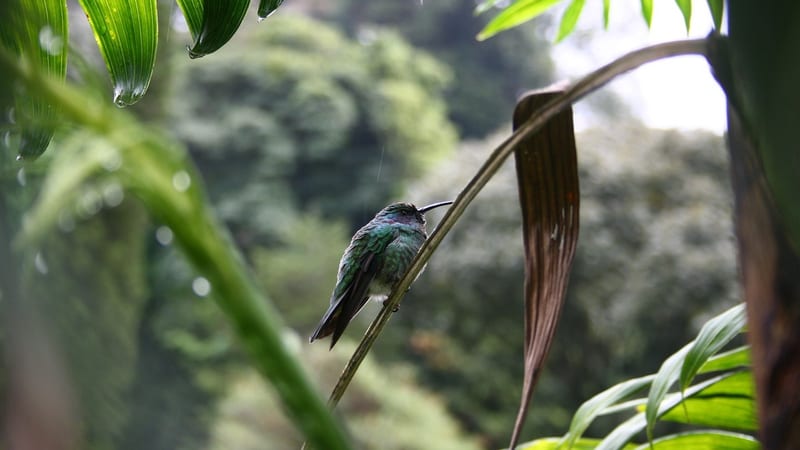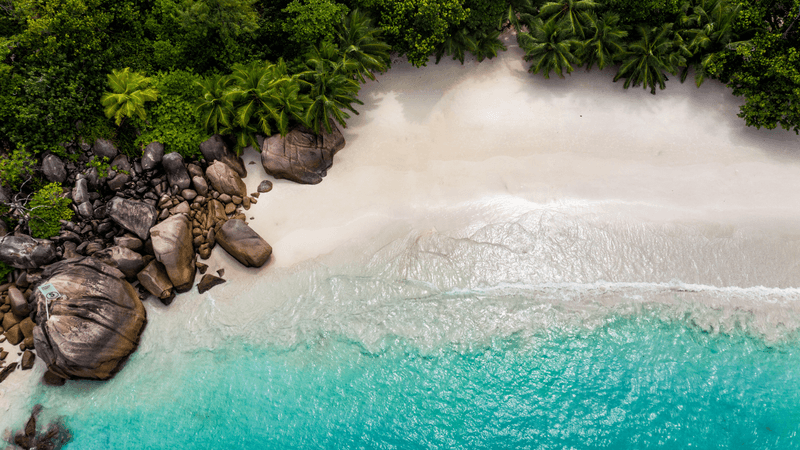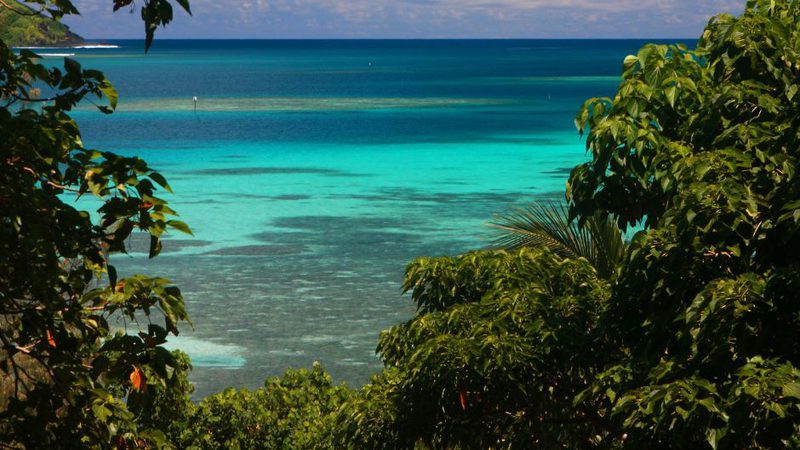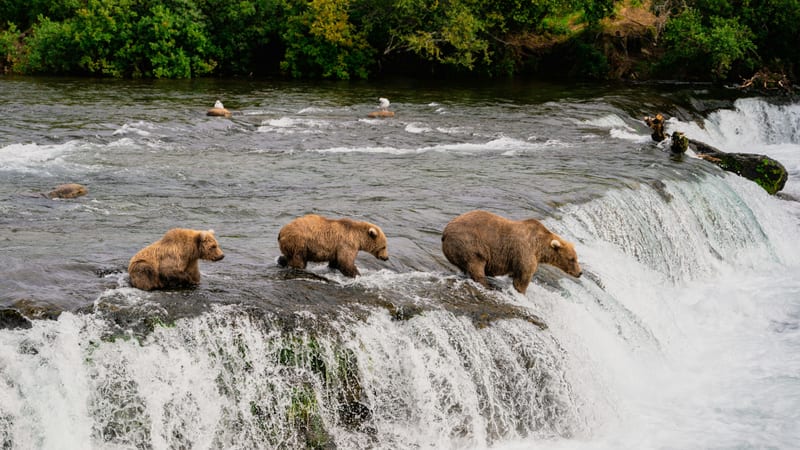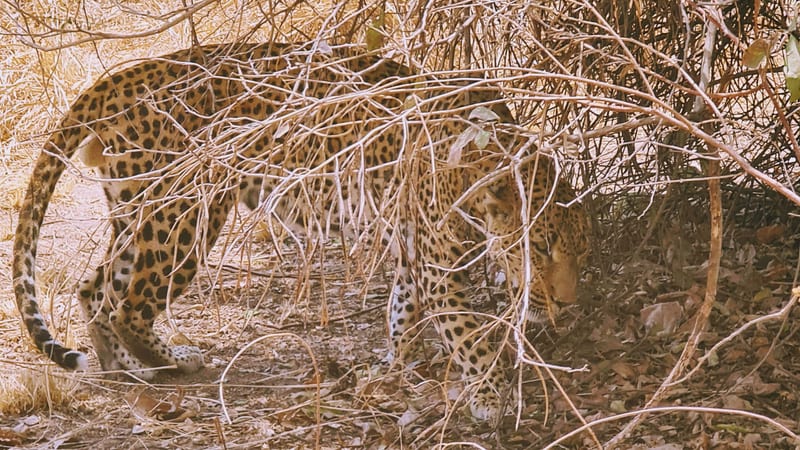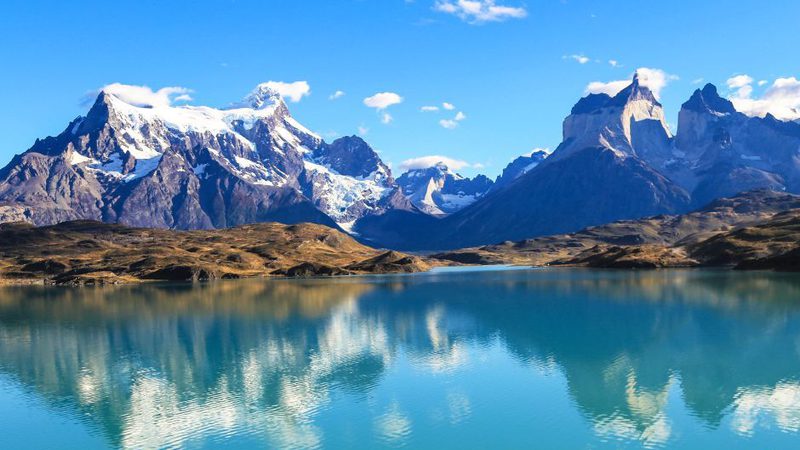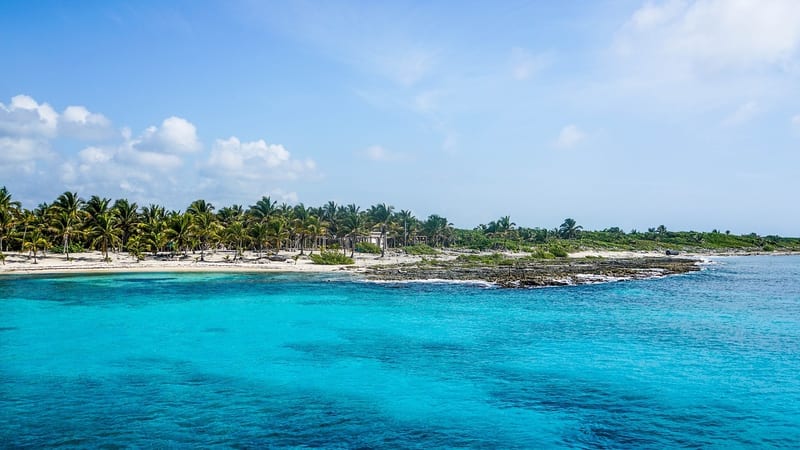Stay in tented luxury deep in the wilderness of the Serengeti and be sure to make unforgettable memories
Location: Chaka Camp is a mobile safari camp that tracks the path of the Great Wildebeest Migration across the Serengeti ecosystem in Tanzania. From December to March, its located in the Ndutu area (Ngorongoro Conservation Area) close to Lakes Ndutu and Masek. From May through November, it relocated to the Northern Serengeti, near Kotagende and the Mara river crossings - exactly where the migration creates its most dramatic scenes. Being mobile places the action right at your doorstep.
Rooms: Accommodation consists of ten canvas tents, including seven double (or twin) tents for two guests and three family tents that sleep two adults and two children. Each tent measures approximately 6m x 4m, with hand-woven fabrics, locally made furniture, and private verandas overlooking endless Serengeti plains. Every tent has an en-suite bathroom, flush loo, bucket-style hot shower on demand, a mosquito-net protected bed, writing desk and safe.
Amenities: Chaka Camp retains a minimalist yet comfortable ethos. Its central dining and lounge tent houses a bar, small library, and seating around the evening campfire. Electricity from solar-powered system runs lighting, hot water for showers and charging points (in tents and communal areas). For refreshments, guests enjoy a steady supply of locally sourced meals, three-course dinners, bush breakfasts, teas/coffee served on the veranda, and optional sundowners around fire-lit moments.
Activities: Guests join twice-daily game drives in open-sided vehicles guided by local experts - perfect for wildlife, predators and migration crossings. From the Ndutu site, guided walking safaris are offered, while bird-watching is exceptional year-round, with over 500 species including migrants and endemics. Seasonal extras include bush breakfasts and dinners, hot-air balloon rides, nights under the stars and visits to Olduvai Gorge or Maasai communities depending on location.
Sustainability: Chaka Camp's ethos is rooted in low-impact operations and community empowerment. It uses portable, low-footprint tent systems, leaving the landscape unspoiled during site relocation. Solar power supplies hot water and lighting reducing reliance on diesel generators. Waste is separated and recycled, and an indigenous tree planting initiative offsets carbon emissions locally. All furniture, textiles and construction are created by local Tanzanian artisans, while staff are Tanzanian nationals - boosting local employment and support for nearby schools through community outreach programmes.
Best places to stay in Serengeti Safaris
Serengeti Safaris Trip Inspiration
When to visit Tanzania
Find out the best time to visit Tanzania with our month by month guide.
- Best
- Good
- Mixed
- Jan
- Feb
- Mar
- Apr
- May
- Jun
- Jul
- Aug
- Sep
- Oct
- Nov
- Dec
January
January is mixed when it comes to weather, temperatures rise whilst the chance of rain and humidity increases. It is still a good time to go, as the rates are lower yet the game viewing is still excellent.
- During this time migratory herds are in the Serengeti for calving season, meaning the Ndutu plains are busy.
February
The weather remains hot with a chance of rain in February.
- Meanwhile in the Ndutu Plains the migration is still occurring.
March
March is the calm before the storm, before heavy rains and humidity builds. Visitors can take great advantage of lower rates during the low season.
- Migrating herds start to leave Ndutu, heading West towards Grumeti.
April
April experiences continued periods of heavy rain, we would advise against travel due to the conditions.
May
During may there is periods of heavy rain, we would advise against travel due to the conditions.
June
June heralds the wet season, bringing lush green vegetation which can make spotting game more difficult. It is a particularly great time for birders as parks become populated by migratory birds especially in the South.
- Migration is still in the Grumeti area, heading north.
July
July is the start of peak season, temperatures reach up to 30 degrees and the surrounding land becomes drier and spotting game is becoming easier.
- The migration is in the Northern Serengeti moving towards Kenya.
August
August is peak season, with bush land drying out game spotting becomes much easier. If you want to experience Tanzania game at its best, August is the time to travel.
- The migration still remains in the north.
September
Peak season continues in September, the Northern circuit can be very busy, if you want to avoid crowds it's best to visit the southern parks.
- The end of the migration is still in the north with herds on both side of the Kenyan and Tanzanian borders.
October
Peak season continues into October with good game viewing in the Serengeti and southern parks.
- The migration has now crossed over into Kenya.
November
November is the start of the rainy season, the rains tend to be overnight so it is still a popular time to travel. During this month you can take advantage of low season rates.
- Migration crossing over into the Serengeti can be seen a the Tanzania and Kenya border.
December
Rains continue in December, whilst the temperature and humidity start to build. Venturing out on safari is generally good, with large game still easily spotted.
- Migrating herds in the north travel south back to Ndutu.
Speak to a Tanzania expert today
and start planning your tailor-made vacation

Alistair





